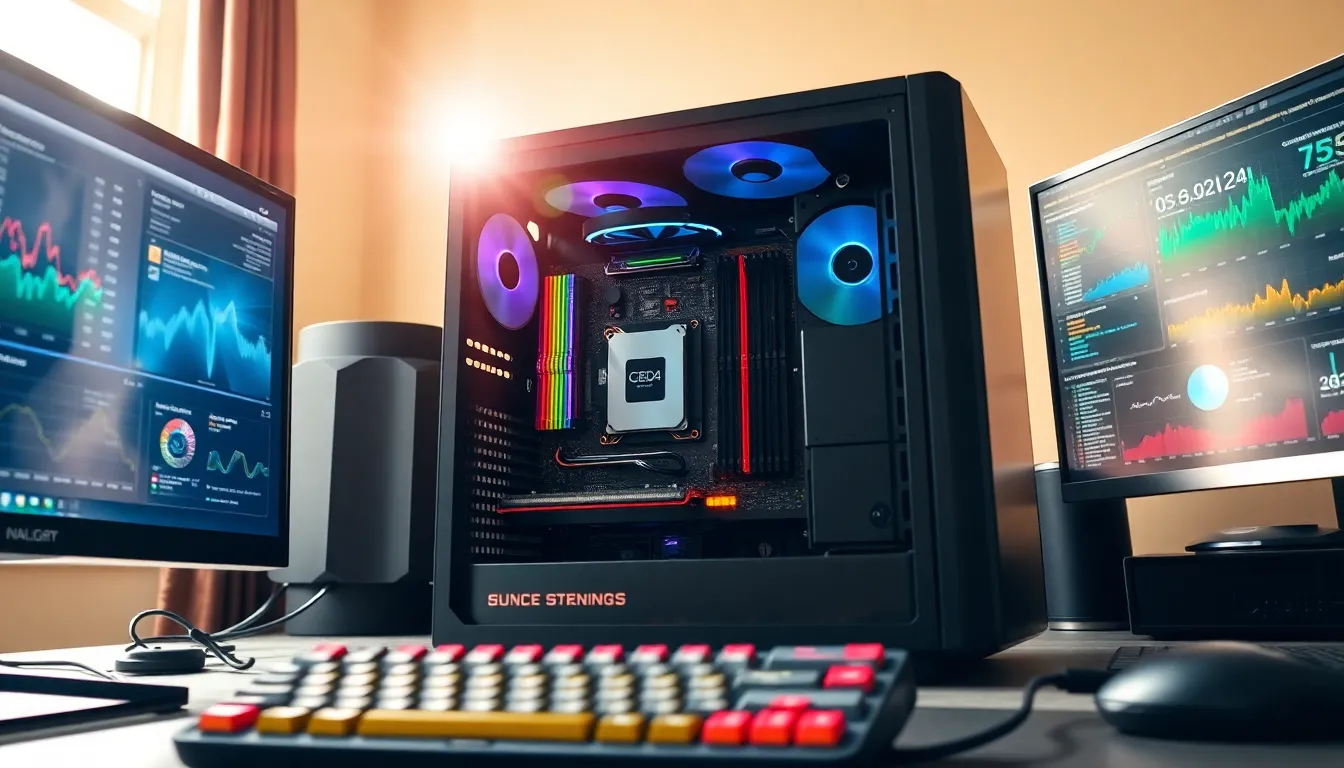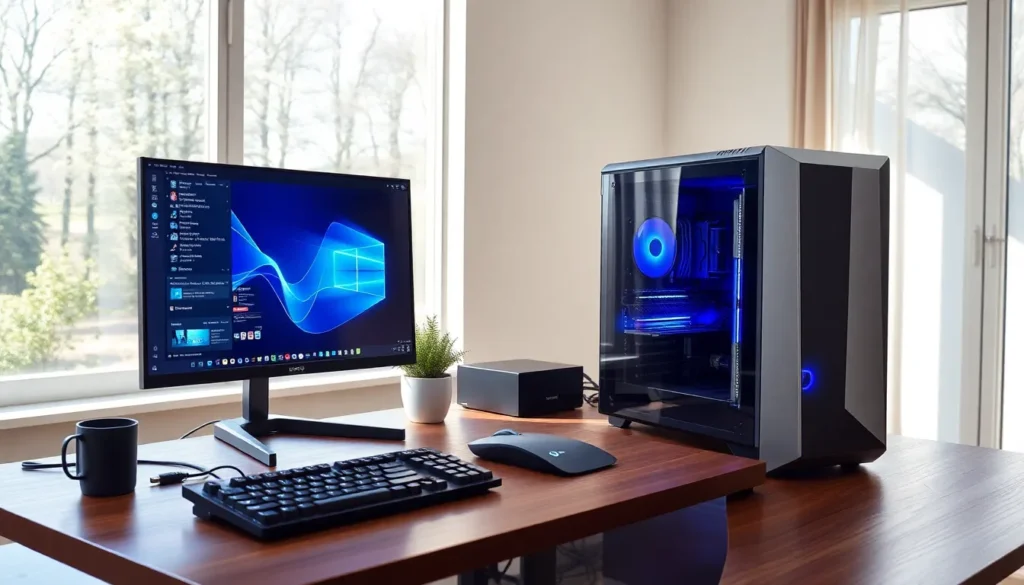Table of Contents
ToggleIn today’s digital landscape, the importance of understanding hardware cannot be overstated. Hardware often serves as the foundation for all computing tasks, whether for personal use or extensive business operations. WebBizMagnet.com stands as a go-to source for insightful information and the latest developments in computer hardware. This article dives into the essentials of hardware, peripheral devices, and the comparisons between custom and pre-built systems, offering readers a comprehensive overview of what they need for their computing needs.
Understanding Hardware Essentials

Types of Computer Hardware
Computer hardware can broadly be categorized into three main types: input devices, output devices, and storage devices.
- Input Devices: These are essential for giving instructions and data to the computer. Common examples include keyboards, mice, and scanners.
- Output Devices: These allow the computer to communicate information back to the user. Monitors and printers are popular examples.
- Storage Devices: Storage is crucial for saving data. Hard drives (HDDs), solid-state drives (SSDs), and external USB drives are widely used for this purpose.
Components of Desktop and Laptop Systems
Both desktops and laptops consist of similar core components, but their configurations can differ significantly.
- Central Processing Unit (CPU): Often termed the “brain” of the computer, the CPU performs calculations and tasks, influencing overall system performance.
- Memory (RAM): Random Access Memory (RAM) temporarily stores data for the CPU, impacting the speed at which tasks are processed.
- Motherboard: This main circuit board connects all hardware components, enabling communication between them.
- Power Supply Unit (PSU): It converts electrical power from a wall outlet into usable power for the computer’s components.
- Graphics Processing Unit (GPU): Especially vital for gaming and graphic-intensive applications, the GPU handles rendering images and video.
Peripheral Devices and Their Functions
Choosing the Right Hardware for Your Needs
Selecting the right peripheral devices is essential for enhancing productivity. Common peripherals include printers, external drives, and audio equipment. Understanding the specific needs is critical: for example, a graphic designer may require high-resolution monitors and advanced input devices, while a casual user might prioritize simplicity and cost-effectiveness.
Factors to Consider When Selecting Hardware
When choosing peripheral devices, several factors come into play:
- Compatibility: Ensure any peripheral device is compatible with existing hardware and software.
- Performance: Select devices that offer the performance level suited to specific tasks, like high-speed printers for large print jobs.
- Cost: While high-end devices can offer superior performance, budget constraints may necessitate a balance between cost and functionality.
Custom vs. Pre-built Systems
Pros and Cons of Custom Hardware Builds
Custom hardware builds offer tailor-made solutions that meet specific computing needs. Pros include:
- Customization: Users can select every component, ensuring the system is perfect for their requirements.
- Upgradability: Custom systems are often easier to upgrade, allowing users to replace or enhance parts over time.
But, there are drawbacks:
- Time and Effort: Building a computer requires knowledge and time, as users must research and install each component.
- Potential for Compatibility Issues: Not all components work seamlessly together, so compatibility can become a hurdle.
When to Choose Pre-built Solutions
Trends in Hardware Technology
Pre-built systems are pre-configured and ready to use, often appealing to those who prefer convenience over customization. In recent years, trends such as the rise of compact builds and all-in-one solutions have emerged, driven by consumer demand for both performance and style.
Future Innovations to Watch For
The hardware landscape is evolving rapidly. Upcoming innovations to watch include AI-driven hardware enhancements, biometric security integration, and increased use of sustainable materials in production. These trends not only aim to improve performance but also prioritize eco-friendliness and user experience.
Conclusion
To conclude, understanding computer hardware is crucial in today’s tech-driven world. Whether opting for custom builds or pre-built systems, the right components and peripherals can significantly enhance both performance and user experience. By keeping up with current trends and future innovations, users can make informed choices that meet their specific needs.





